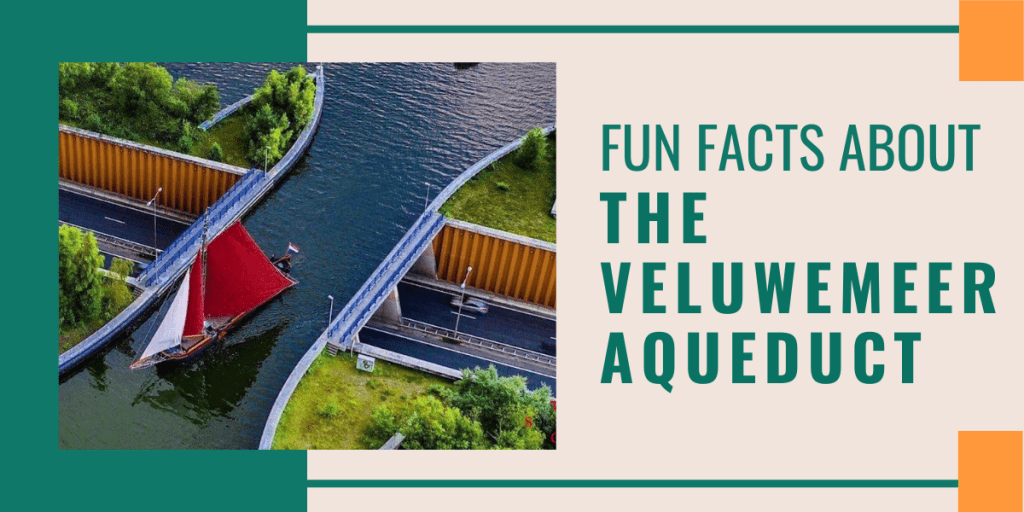
Between Haarlem and Amsterdam, in the Netherlands, there is a waterway that was once one of the most important – and impressive – feats of engineering in all of Europe. The Veluwemeer Aqueduct was completed in 2002 and provided a vital link between the two cities, allowing boats to travel back and forth along its length. Though it’s no longer used for transportation, the aqueduct is still an amazing sight. Here are some interesting facts about this historic landmark.
What is Veluwemeer Aqueduct?
The Veluwemeer Aqueduct was opened in 2002, is 1,036 meters long, and has a diameter of 8.5 meters. It is a long navigable aqueduct famous as the water bridge. The structure consists of two parallel reinforced concrete boxes, each measuring 4 meters (13 ft) high, 3 meters (9.8 ft) wide, and 1 meter (3.3 ft) thick. These are supported by sixty-six columns spaced 20 meters (66 ft) apart.
The aqueduct is located in an area known as the Veluwe, which is a lowland area in the central Netherlands. This area is home to many types of wildlife, including deer, foxes, and badgers. In addition, numerous bird species can be found in the area, such as kestrels, sparrowhawks, and buzzards.
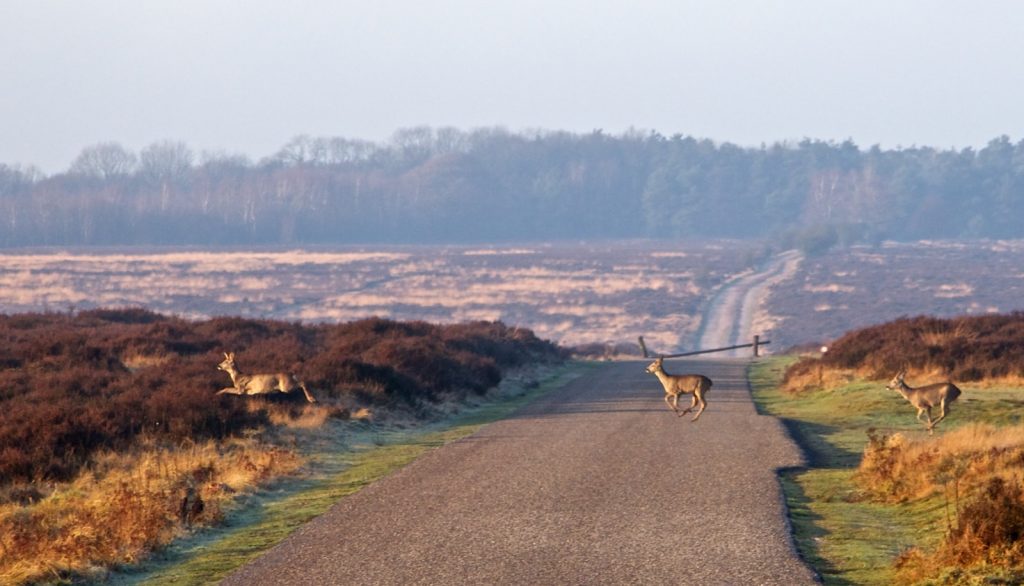
The Veluwemeer Aqueduct is one of the many engineering feats built in the Netherlands over the years. Others include the Afsluitdijk Dam, built to protect against flooding; the Maeslantkering Storm Surge Barrier, which protects against storm surge; and the Zuiderzee Works Project, which created new land by reclaiming parts of the Zuiderzee (now known as the IJsselmeer).
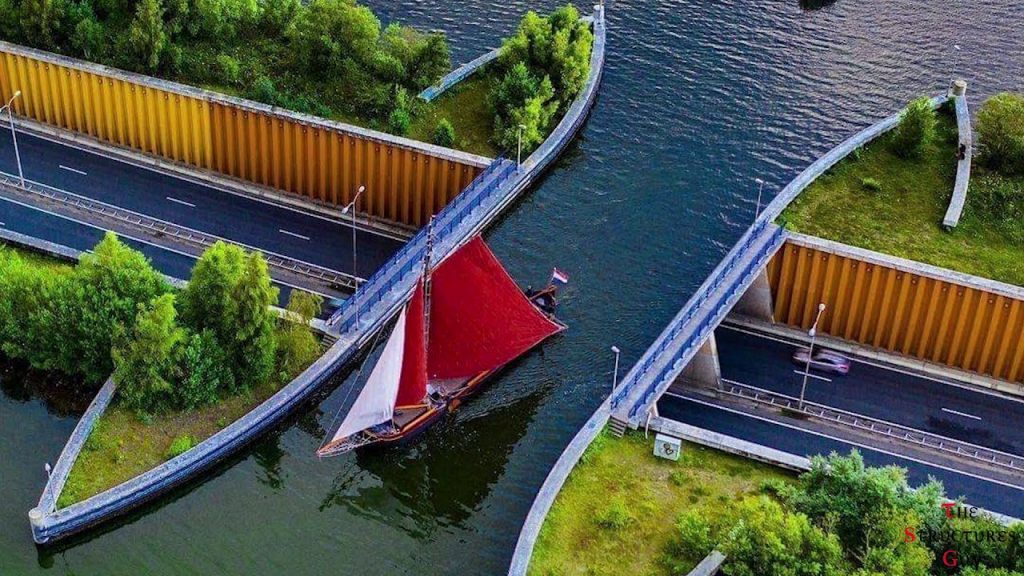
Who built Veluwemeer Aqueduct?
Dutch engineer Joost Meijs designed the Veluwemeer Aqueduct. Meijs graduated from the Delft University of Technology in 1992 and has worked on various projects throughout his career. In addition to the Veluwemeer Aqueduct, Meijs has also worked on the Amsterdam-Rhine Canal and the Maasvlakte 2 project.
The construction of the Veluwemeer Aqueduct began in 1999 and was completed in 2002. The total cost of the project was approximately €40 million. It is large enough to accommodate boats with a draft of up to 2.5 meters.
The Veluwemeer Aqueduct is used by both recreational and commercial vessels. It allows boats to travel between the IJsselmeer and the Markermeer, two large lakes in the Netherlands. The aqueduct has dramatically increased the accessibility of these lakes, and it has also had a positive impact on the local economy.
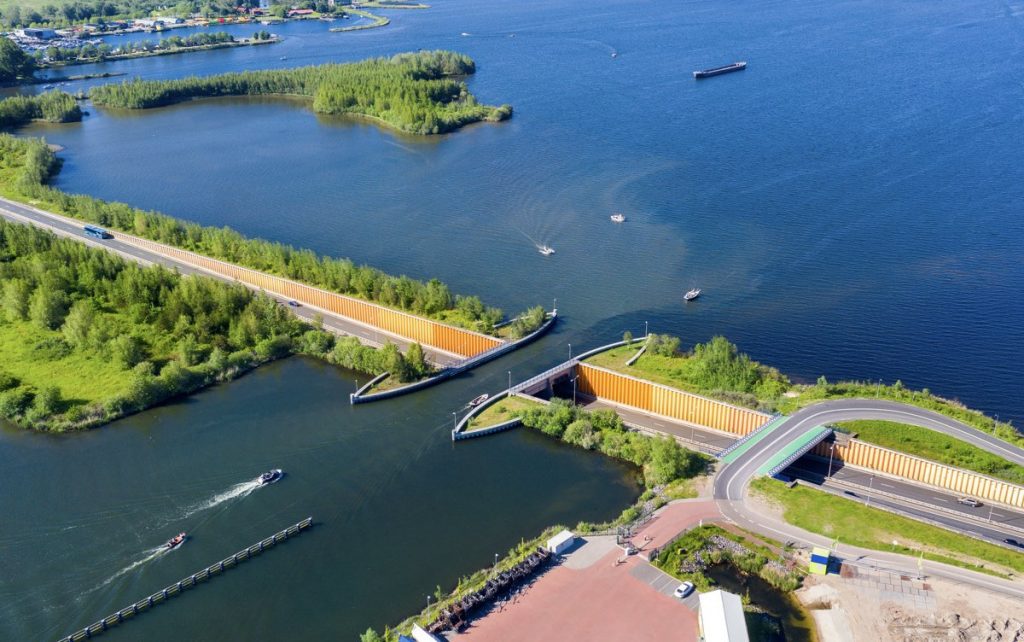
Why Was Veluwemeer Aqueduct Built?
The idea for the Veluwemeer Aqueduct was first conceived in the late 19th century to improve drainage in the Netherlands. At that time, much of the country was below sea level, and frequent flooding was a major problem. To solve this issue, Dutch engineers devised the idea to build an aqueduct that would carry water from the Rhine River to the IJsselmeer, where it could be safely released without causing flooding.
It was an ambitious project, but when it was finally finished in 2002, it was hailed as an engineering masterpiece. The aqueduct has since become an iconic symbol of Dutch engineering and has helped to make the Netherlands one of the world’s leading experts in water management.
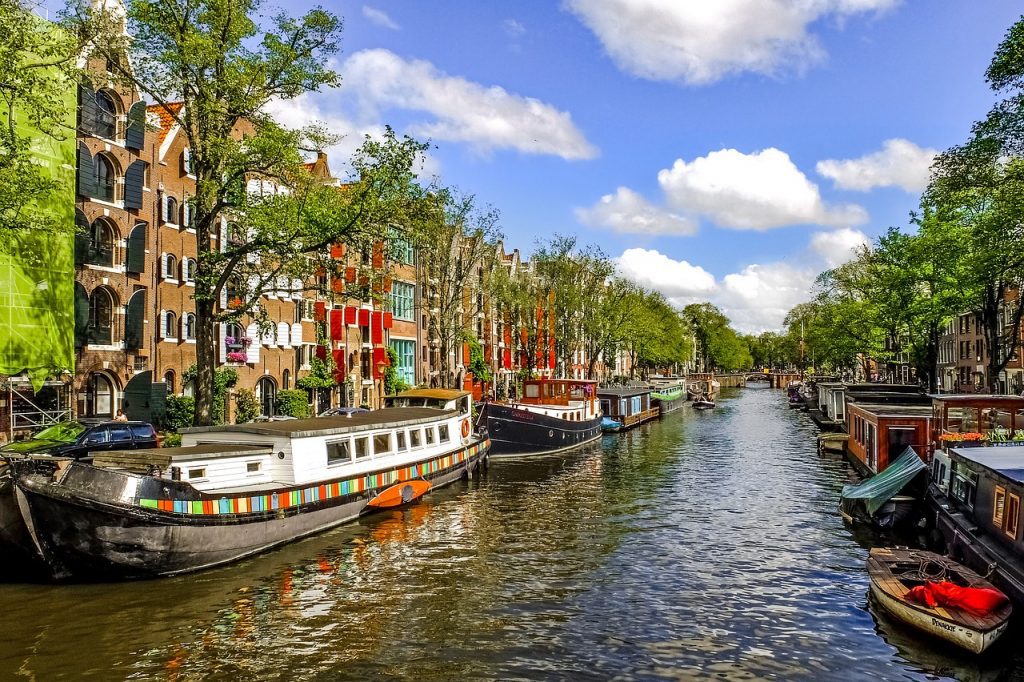
How Does the Veluwemeer Aqueduct Water Bridge Work?
The bridge is between two dikes separating the river and the lake. The bridge has a series of pipes that carry water from the river to the lake. These pipes are connected to a pumping station on the riverbank. The pumping station pumps water from the river into the pipes at a rate of 400 liters per second. The water then flows through the pipes and over the bridge to the lake.
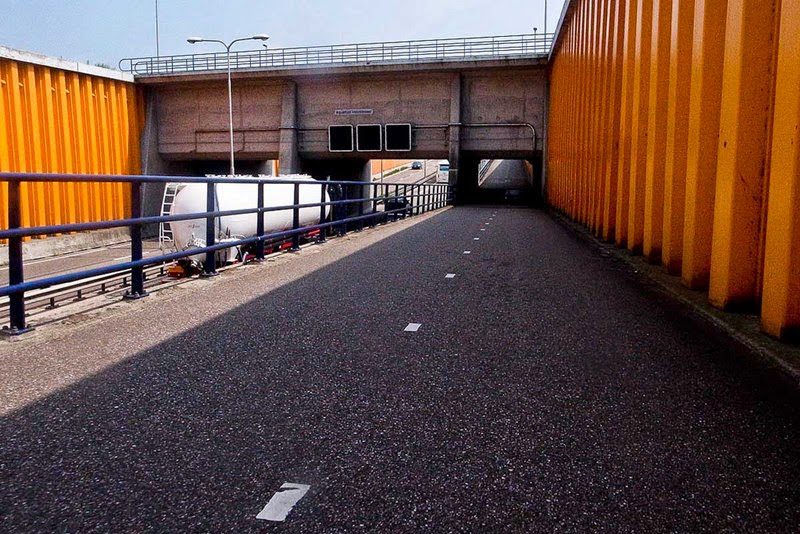
What Type of Material is Veluwemeer Aqueduct Made of?
The Veluwemeer aqueduct is made of concrete and brick. The concrete is reinforced with steel rebar. The bricks are laid in a herringbone pattern and are held together with mortar. The bricks were chosen for their durability and ability to withstand the high water pressure. It was built to last and has withstood the test of time. The aqueduct is a testament to the Dutch engineering tradition of building things to last.
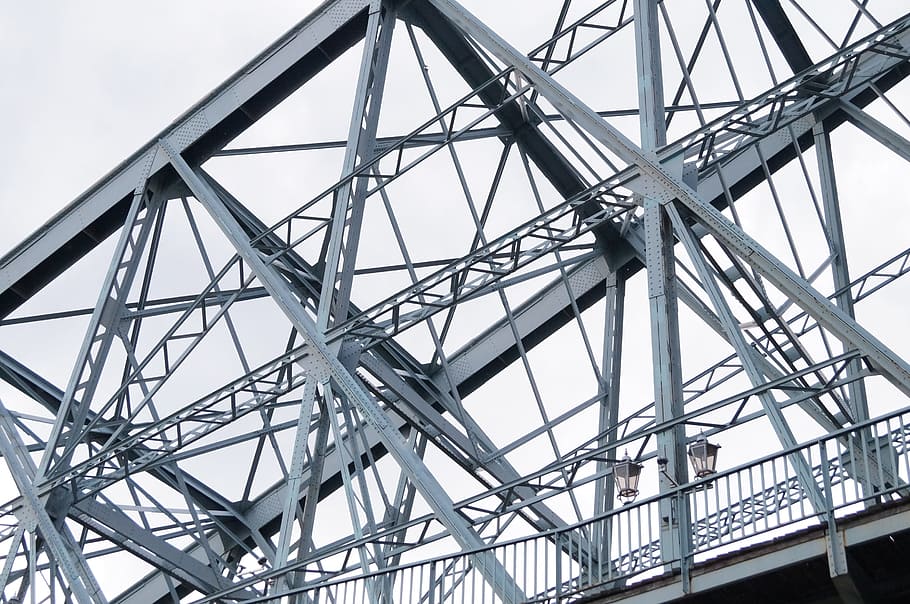
What Makes Veluwemeer Aqueduct Interesting?
- The Veluwemeer Aqueduct is the largest in the world. It is 1,036 meters long and has a diameter of 8.5 meters.
- The aqueduct carries enough water to supply a city of over 1 million people. Every day, it pumps out 400 million liters of water!
- The structure is made of concrete, steel, and glass. Dutch engineer Joost Meijs designed it.
- The Veluwemeer Aqueduct was built to withstand earthquakes and has been tested against quakes up to magnitude 6.5 on the Richter scale.
- The aqueduct was built to transport water from the IJssel River to Amsterdam, located about 80 kilometers (50 miles) away.
- The Veluwemeer Aqueduct is a popular spot for recreation and tourism. It was even used as a filming location for “Ocean’s Twelve.”
- The aqueduct is considered one of the Netherlands’ most important historical landmarks.
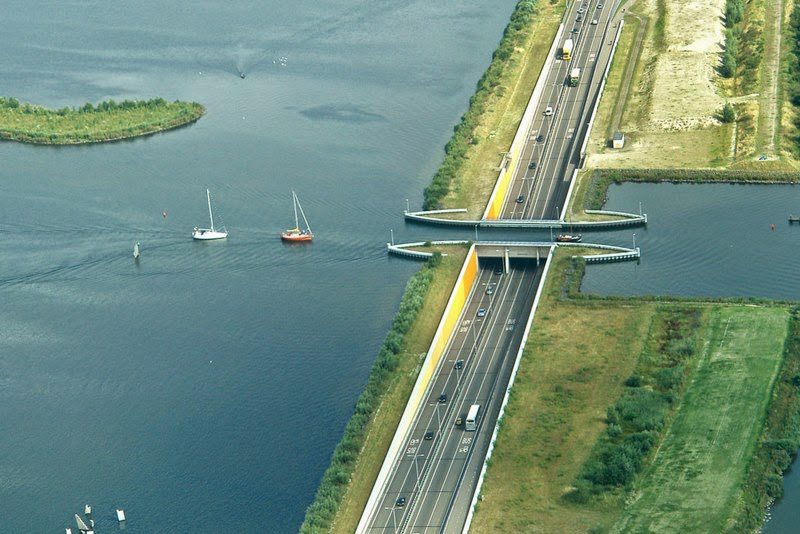
The Impact of the Veluwemeer Aqueduct
- The Veluwemeer Aqueduct was built to improve water quality in the Netherlands. Before the aqueduct was built, water quality in the country was poor. The aqueduct has helped to enhance water quality by bringing fresh water from the Rhine River into the country. Freshwater has helped improve people’s quality of life in the Netherlands.
- The Veluwemeer Aqueduct has also had a positive impact on the Dutch economy. The aqueduct has created jobs and economic growth in the Netherlands. The construction of the aqueduct has also helped improve the country’s infrastructure.
- The Veluwemeer Aqueduct has had a positive impact on the environment. The aqueduct has helped to reduce pollution in the Netherlands. The freshwater from the aqueduct has helped to improve wildlife habitat. The Veluwemeer Aqueduct is an integral part of the Dutch ecosystem.
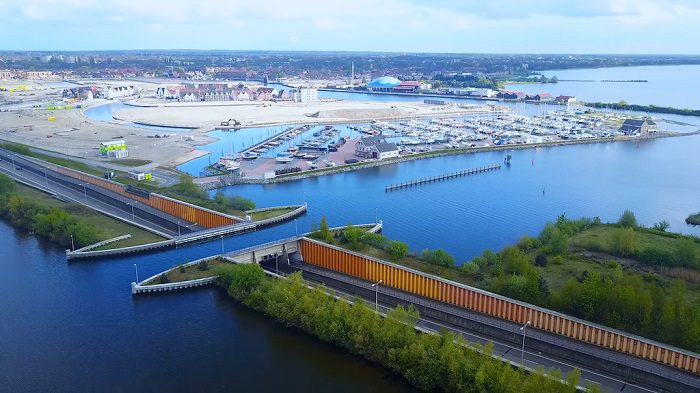
What Other Engineering Feats Have Been Built in the Netherlands?
The Dutch Windmill
Windmills have been used in the Netherlands for centuries to pump water and grind grain. Today, there are still over 1000 windmills in operation in the Netherlands, making it one of the most windmill-dense countries in the world. Windmills are such an integral part of Dutch culture that they were even featured on the national coat of arms in 1972.
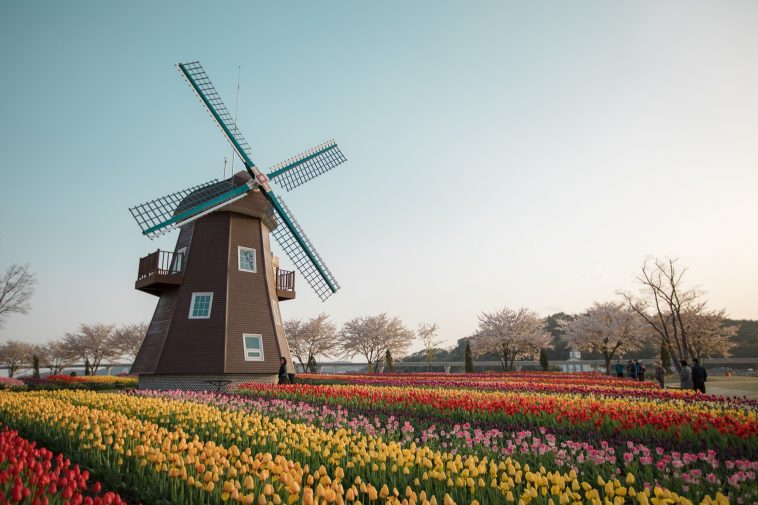
The Afsluitdijk
The Afsluitdijk is a 32km-long dyke that separates the IJsselmeer from the North Sea. It was constructed between 1927 and 1932 as part of a massive project to reclaim large tracts of land from the sea. The Afsluitdijk is one of the most important engineering feats in Dutch history, making it possible for large-scale agriculture and urban development in the Netherlands.
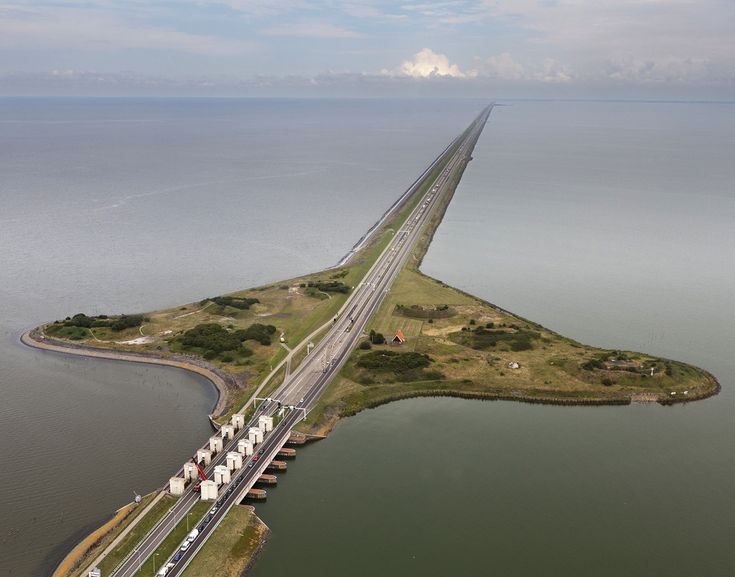
The Maeslantkering
The Maeslantkering is a massive surge barrier that protects the city of Rotterdam from flooding. It consists of two arms that swing closed when high winds and tides are forecasted, forming a temporary dam across the Nieuwe Waterweg canal. The Maeslantkering is one of the largest movable flood barriers in the world and can close in just two hours.
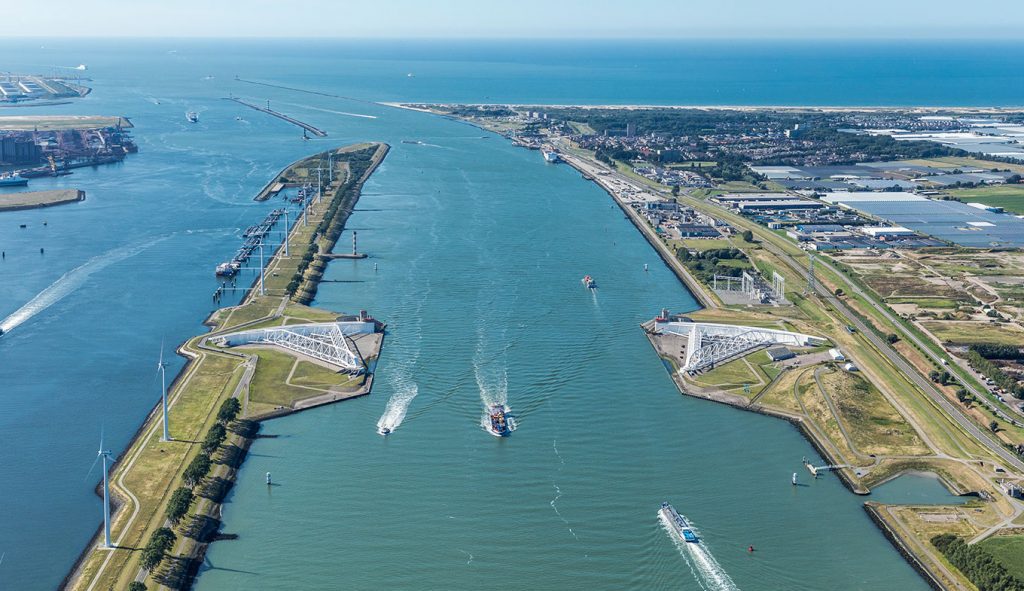
Final Thoughts
Veluwemeer Aqueduct is a fantastic feat of engineering. It is a testament to the Dutch engineering tradition of building things to last. The aqueduct has positively impacted the Netherlands, both in terms of improving water quality and creating jobs and economic growth. In addition, the Veluwemeer Aqueduct is an important part of Dutch culture and history.
Frequently Asked Questions
How does a veluwemeer aqueduct work?
The Aqueduct Veluwemeer is a breathtaking engineering feat that uses 22,000 cubic meters of concrete to prevent water from spilling onto the road and steel sheet piling for extra protection.
Why was veluwemeer aqueduct built?
The project team eventually decided against ferries and drawbridges because they would have been too challenging to build. They also looked at ways of getting across the lake, but these ideas were rejected in favor of building an aqueduct only about 1 km long – not including any bridgework needed on either side.
Is there a water bridge?
The Magdeburg Water Bridge is a fabulous architectural product that uses water rather than concrete to link two bodies of flowing liquid. The innovative design allows for an efficient route across the Elbe-Havel Canal, linking it with Mittelland River System in Germany’s Saxony region, where this amazing feat was built.
Is veluwemeer Aqueduct real?
The Veluwemeer Aqueduct is a 25-meter-long, navigable aqueduct that bypasses the N302 road and is opened in 2002.
